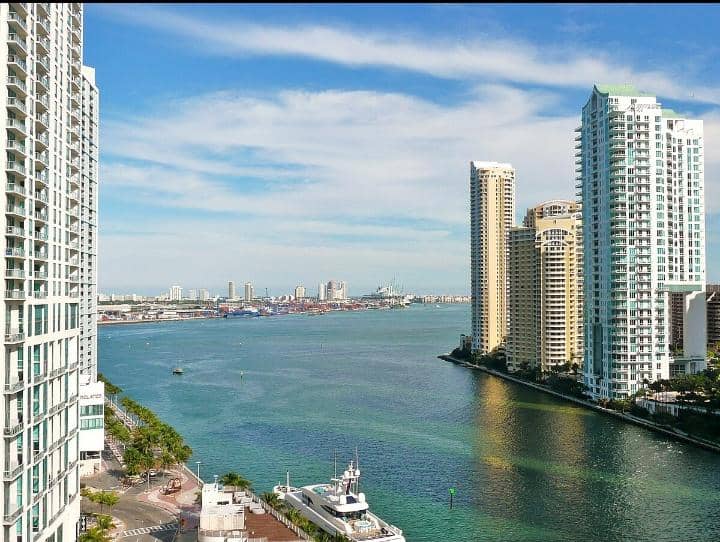The Mississippi River, one of the world’s greatest waterways, stretches over 2,320 miles from its source at Lake Itasca in northern Minnesota to the Gulf of Mexico.
This mighty river has played a vital role in the history, economy, and culture of the United States, serving as a vital transportation route and a source of livelihood for countless communities along its banks.
One of the most remarkable events in the history of the Mississippi River was the series of powerful earthquakes that struck the region near New Madrid, Missouri, in 1811-1812.
The largest of these quakes, which occurred on February 7, 1812, had an estimated magnitude of 7.5 and caused widespread destruction in the area. The earthquake was powerful enough to severely damage homes in St. Louis, located about 160 miles away, and to cause parts of the land along the river to sink by as much as 20 feet.
The earthquake also had a dramatic impact on the river itself. The deformation of the riverbed caused water waves to move upstream, giving the illusion that the river was flowing backwards.
The earthquake also caused the formation of two new bodies of water: Reelfoot Lake in northeast Tennessee, which formed when the land sank and filled with water from the Mississippi River, and Lake St. Francis in eastern Arkansas, which formed when the earthquake caused the land to sink and fill with water from the St. Francis River.
Despite the devastation caused by the 1811-1812 earthquakes, the Mississippi River has continued to be a vital part of the region’s economy and culture.
Today, the river is used for a variety of purposes, including transportation, recreation, and hydroelectric power generation. The river is also home to a diverse array of plant and animal life, including many species of fish, birds, and mammals.
One of the most remarkable aspects of the Mississippi River is its sheer size and scope. The river and its tributaries drain all or parts of 31 U.S. states and 2 Canadian provinces, covering about 40% of the continental United States.
Read also: Top 10 longest rivers in Nigeria
The river is also home to a diverse array of ecosystems, including wetlands, forests, and grasslands, which support a wide variety of plant and animal life.
Despite the many challenges it has faced over the years, the Mississippi River remains a vital part of the American landscape. From its source in northern Minnesota to its mouth in the Gulf of Mexico, the river continues to inspire awe and wonder in all who encounter it.
Whether you are a boater, a fisherman, or simply someone who appreciates the beauty of nature, the Mississippi River is a true wonder of the world.

